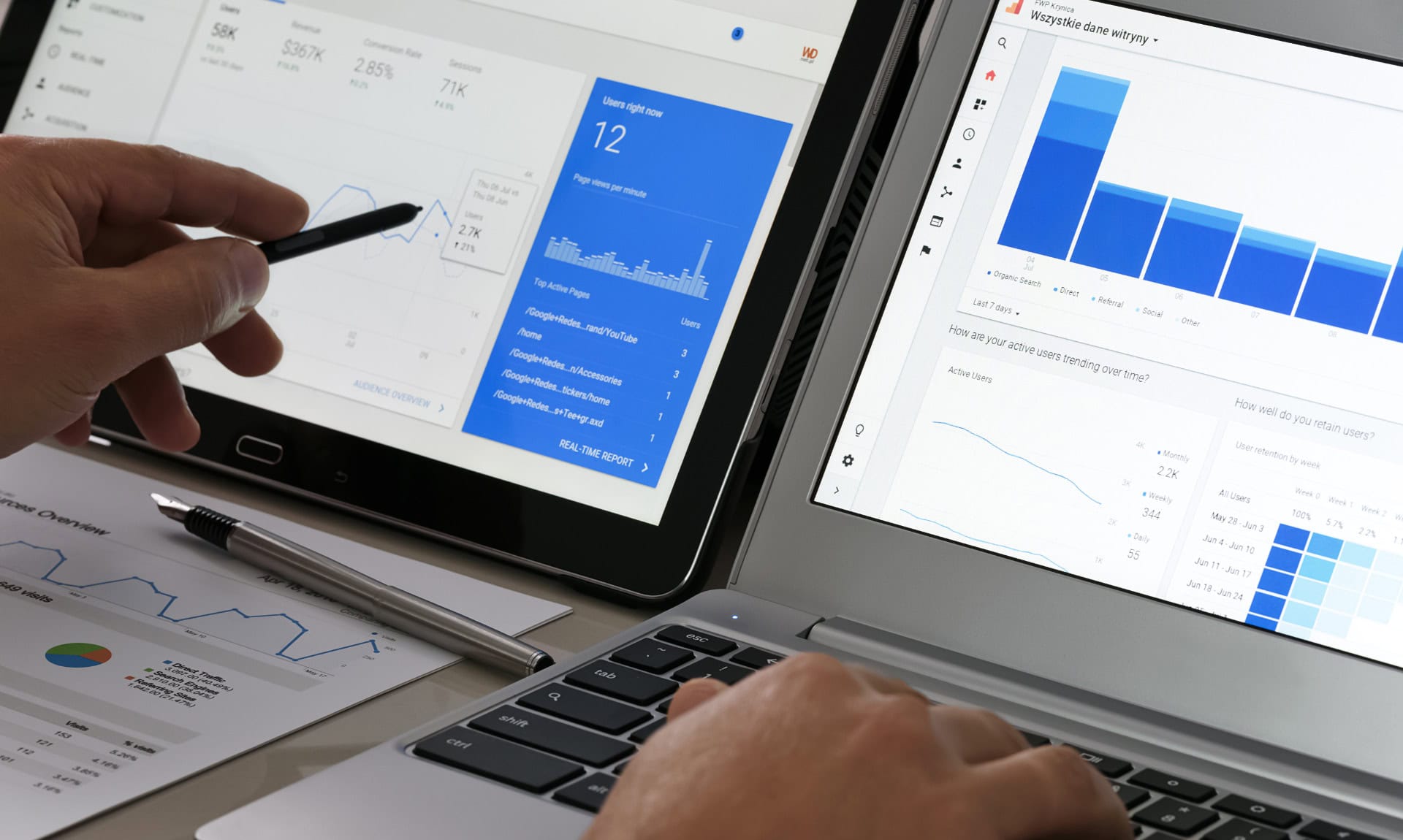
Growth Marketing vs Demand Generation: What’s the Difference?
In the dynamic landscape of digital marketing, understanding the difference between growth marketing and demand generation is crucial for driving business success. These strategies, though often used interchangeably, serve distinct purposes in fueling a company’s growth.
This article will explore the unique aspects of growth marketing vs demand generation, helping you decide which approach best suits your business needs.
What Is Growth Marketing?
Growth marketing is a data-driven approach focused on rapidly scaling a business by experimenting with different strategies across the customer lifecycle.
It emphasizes continuous testing and optimization to find the most effective methods for acquiring and retaining customers. By leveraging data and insights, growth marketing aims to achieve sustainable growth through innovative tactics and agile methodologies.
Importance of Growth Marketing
The importance of growth marketing lies in its ability to drive sustainable business growth through constant experimentation and optimization. This approach enables companies to identify the most effective strategies for customer acquisition and retention, ensuring long-term success in a competitive market.
Growth Marketing Metrics
Effective growth marketing relies on specific metrics that help track and optimize the strategies employed to drive business expansion. A few growth marketing metrics are:
- Churn Rate: Tracks the percentage of customers who stop using a product or service during a given time period.
- Activation Rate: Indicates the percentage of users who take a specific action that signifies they have experienced the product’s value.
- Cohort Analysis: Analyzes the behavior of groups of users segmented by shared characteristics over a period of time to identify trends and patterns.
- Retention Rate: Measures the percentage of customers who continue to use a product or service over a specific period, reflecting customer satisfaction and loyalty.
- Referral Rate: Measures the percentage of customers who refer new users to the product or service, indicating satisfaction and potential for organic growth.
Growth Marketing Strategies
Growth marketing involves employing innovative and data-driven strategies to accelerate business expansion. Here are five potential growth marketing strategies:
- A/B Testing: Continuously experimenting with different versions of marketing elements (such as emails, landing pages, or CTAs) to determine which performs best.
- Viral Loops: Creating mechanisms within the product that encourage users to invite others, driving organic growth through referrals.
- Onboarding Optimization: Designing and refining the user onboarding process to ensure new customers quickly understand and experience the product’s value.
- Customer Feedback Loops: Implementing systems to regularly collect and act on customer feedback to improve the product and customer experience.
- Growth Hacking: Utilizing unconventional and creative marketing tactics, often with limited resources, to achieve rapid growth in user acquisition and engagement.
What Is Demand Generation?
Demand generation is a comprehensive marketing strategy focused on creating awareness and interest in a company’s products or services.
It involves various tactics to build and nurture relationships with potential customers, guiding them through the buying journey. The ultimate goal of B2C and B2B demand generation is to generate high-quality leads that are more likely to convert into loyal customers.
Importance of Demand Generation
The importance of demand generation lies in its ability to create a consistent pipeline of qualified leads, essential for business growth and revenue. By fostering brand awareness and nurturing potential customers, demand generation ensures a steady flow of prospects ready to engage and convert.
Demand Generation Metrics
Measuring the success of demand generation involves tracking specific metrics that provide insights into the effectiveness of your strategies. Some demand generation metrics include:
- Marketing Qualified Leads (MQLs): The count of leads that show a higher likelihood of becoming customers based on their engagement with marketing initiatives.
- Sales Qualified Leads (SQLs): The number of leads that have been evaluated by the sales team and are considered ready for direct sales engagement.
- Customer Lifetime Value (CLV): The estimated revenue a customer will bring over the entire duration of their relationship with your business, highlighting the long-term impact of demand generation efforts.
- Marketing Cycle Length: The typical duration it takes for a lead to transition from initial awareness to becoming a customer, indicating the efficiency of your demand generation process.
- Average Deal Size: The average revenue per closed deal, which helps evaluate the quality and financial impact of the leads generated through demand generation activities.
Demand Generation Strategies
Demand generation involves a range of strategies designed to create interest and drive high-quality leads. A good demand generation strategy includes the following:
- Content Marketing: Develop and share valuable, relevant content to attract and engage your target audience, positioning your brand as an industry leader.
- Social Media Marketing: SMM leverages platforms like LinkedIn, Twitter, and Facebook to distribute content, interact with your audience, and expand your brand’s reach.
- Implement Lead Scoring: Create a system to rank leads based on their level of engagement and likelihood to convert, enabling targeted and efficient follow-up efforts.
- Use Account-Based Marketing (ABM): Focus on specific high-value accounts with customized campaigns to cultivate relationships and generate demand from key prospects.
- Optimize Lead Nurturing Process: Design personalized nurture campaigns that guide prospects through the buying journey, enhancing the chances of conversion by providing relevant content at each stage.
Need more inspiration? Check out these demand generation examples.
Summary of Key Differences
That was a lot of information, so let’s create a summary. Understanding the key differences between growth marketing and demand generation helps clarify how each strategy operates within the marketing landscape. They differ based on a few key areas.
Marketing Objectives
- Growth Marketing: Focuses on rapidly scaling the business by experimenting with various tactics to maximize customer acquisition, retention, and overall growth.
- Demand Generation: Aims to create consistent interest and engagement, building a pipeline of qualified leads to support long-term sales and revenue goals.
Tactics and Strategies
- Growth Marketing: Utilizes innovative and data-driven methods such as A/B testing and growth hacking to find the most effective ways to drive user growth and engagement.
- Demand Generation: Employs strategies like content marketing and social media campaigns to attract and nurture leads, ensuring a steady flow of prospects through the sales funnel.
Metrics and Measurement
- Growth Marketing: Tracks marketing metrics like churn rate, activation rate, and retention rate to measure the effectiveness of growth initiatives and customer satisfaction.
- Demand Generation: Measures metrics such as marketing qualified leads (MQLs), sales qualified leads (SQLs), and average deal size to evaluate the quality and impact of lead generation efforts.
Growth Marketing vs Demand Generation: Final Thoughts
Understanding the difference between growth marketing and demand generation is essential for businesses looking to optimize their marketing strategies. While growth marketing focuses on rapid experimentation and data-driven tactics to drive customer acquisition and retention, demand generation aims to build a steady pipeline of qualified leads through targeted awareness and engagement efforts.
By recognizing the unique strengths of each approach, businesses can effectively tailor their marketing efforts to achieve sustainable growth and long-term success.
News Via Inbox
Get our monthly report on all the latest and greatest trends in digital marketing.



